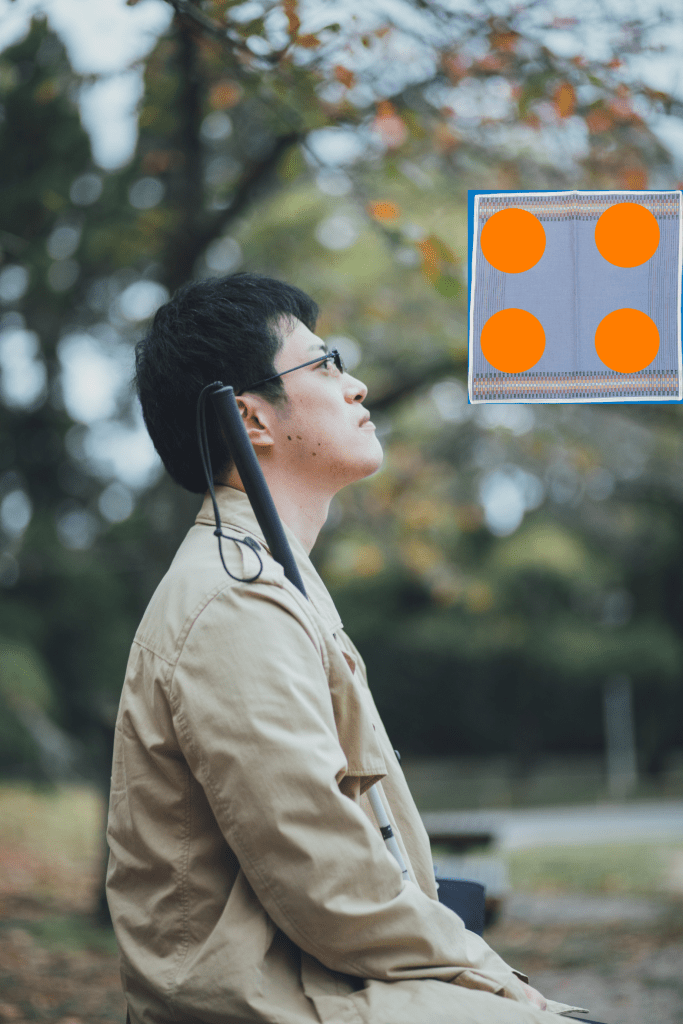
Charles Lullin, Charles Bonnet’s grandfather, had very poor vision. In 1759 Lullin told Bonnet about the visual hallucinations he had been experiencing. This included seeing a handkerchief fluttering in the air or a man in a bathrobe smoking pipe.
In 1760, Charles Bonnet coined the term “Charles Bonnet syndrome” (CBS) to describe such visual hallucinations in otherwise healthy people with poor vision.
WHAT IS CBS?
CBS causes visual hallucinations in completely sane individuals with ocular diseases that gradually impair vision.
These visual hallucinations are vivid and do not occur in the context, as part of delirium, or as a symptom of other mental illnesses. Although a patient may be more prone to developing CBS if they already have dementia or cognitive impairment.
Age-related Macular Degenration (AMD) is the most frequent cause of vision loss in these people, followed by glaucoma and Diabetic Retinopathy (DR).
These patients are mentally stable and have a good understanding. Therefore, they are aware that what they are seeing is a hallucination. However, they are concerned they are going crazy or that they will be diagnosed with a mental illness and hospitalized.
This prevents them from talking about their concerns, which increases the mental stress that the loss of vision already causes.
Cause:
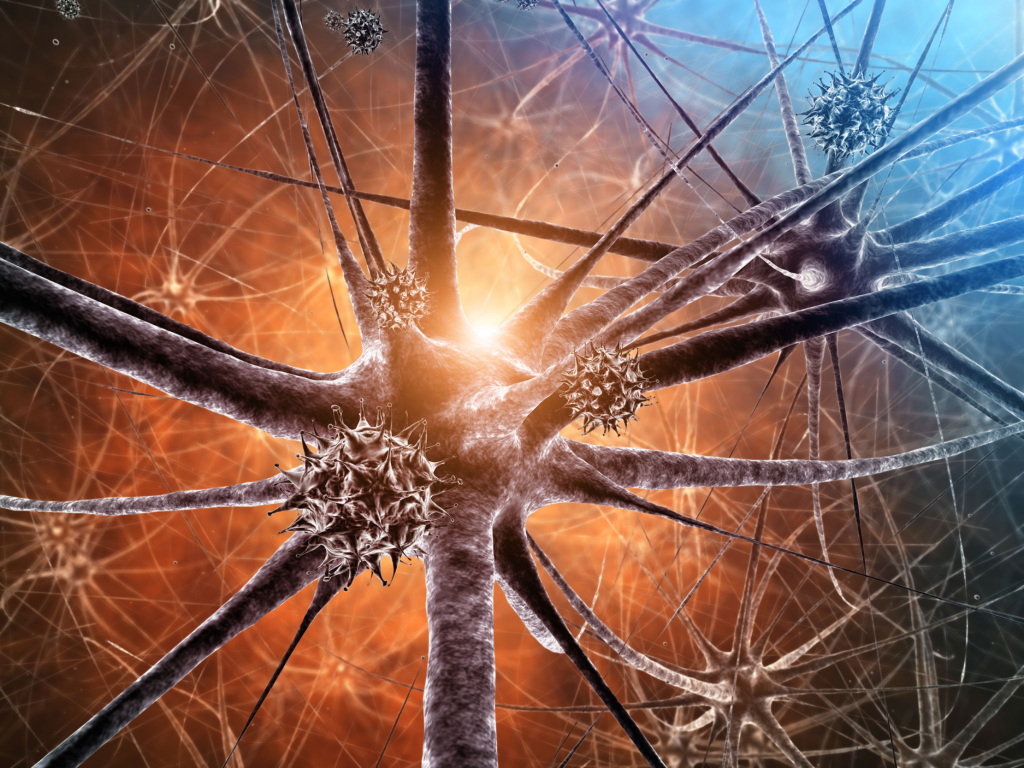
CBS is seen in patients with visually incapacitating conditions that result in declining vision. AMD is the most prevalent of them all. Glaucoma, diabetic retinopathy, retinitis pigmentosa, cataract, etc. are additional causes.
Visual hallucinations can occur when the cells in the brain’s visual cortex get excited and spontaneously fire in response to the slightest visual information.
Is CBS a mental illness?
CBS is primarily a visual rather than a mental disorder. The following are important points to remember regarding visual hallucinations in CBS patients:
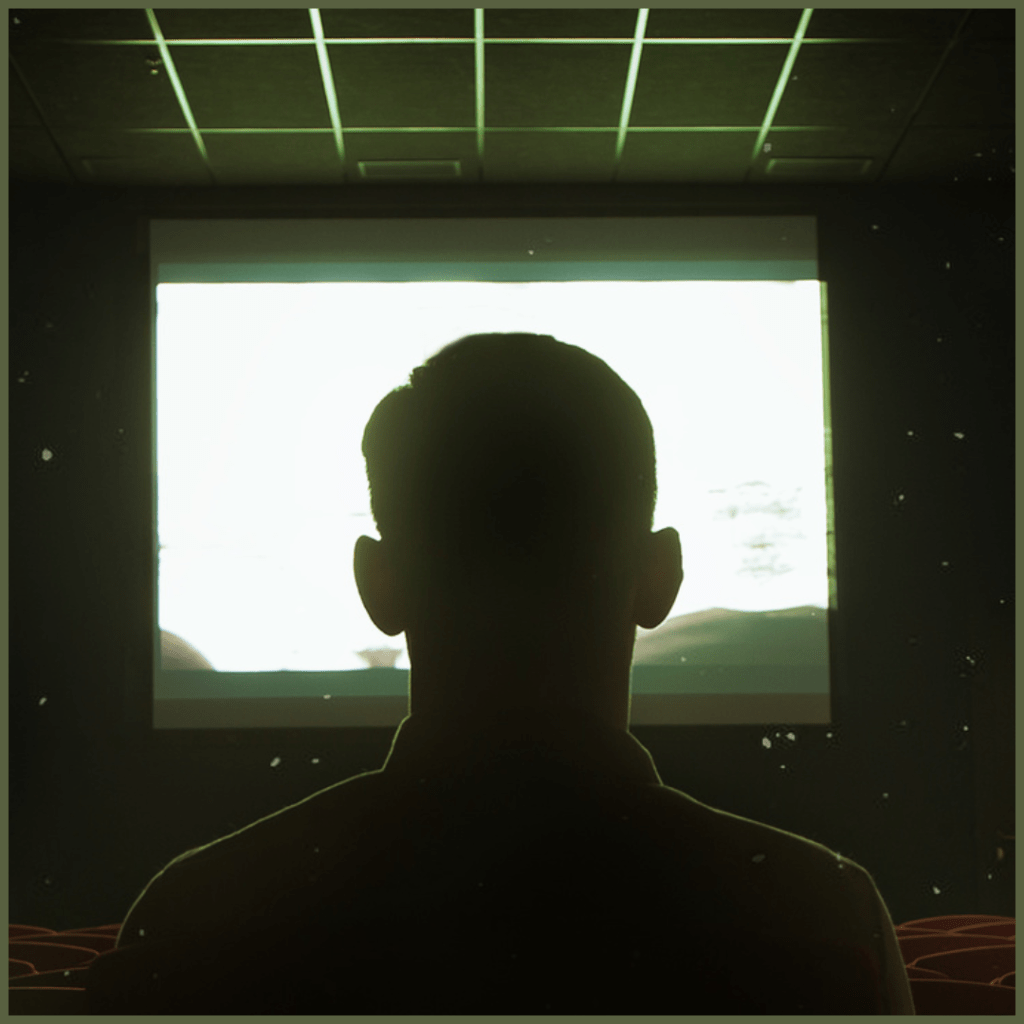
- Oftentimes, the person experiencing the visual hallucinations sees things they have never seen before, including people, faces, animals, and inanimate objects.
- The hallucinations are perceived as a silent movie because they lack an auditory component.
- The images don’t interact with the person seeing them.
- The person is aware that what they are seeing is unreal.
- There is no emotional attachment to what they see.
WHAT SETS THESE VISUAL HALLUCINATIONS APART FROM OTHER VISUAL HALLUCINATIONS?
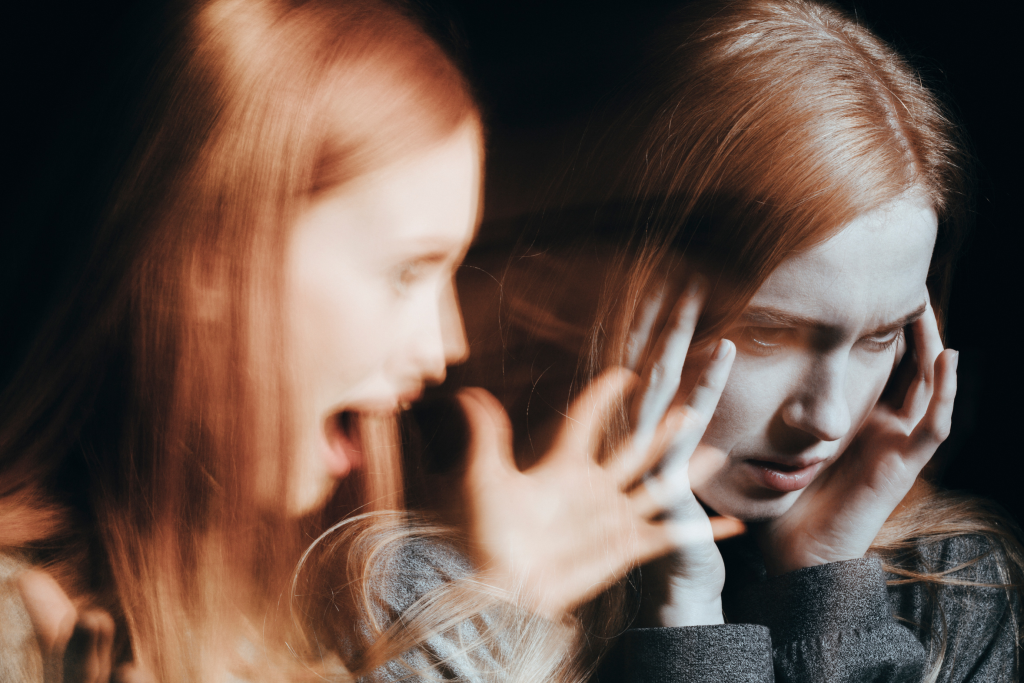
The visual hallucinations in CBS are distinct from psychotic hallucinations. Psychotic patients see things that interact with them, and always have a justification for their visions. These visions can elicit a variety of responses, such as fear, pleasure, or indifference.
Aside from this, CBS visual hallucinations differ from hallucinations caused by tumors or lesions in specific parts of the brain. For example, in temporal lobe epilepsy, senses, such as sound, smell, or taste trigger hallucinations. There are rarely any such triggers or involvement of any other senses in Charles Bonnet syndrome.
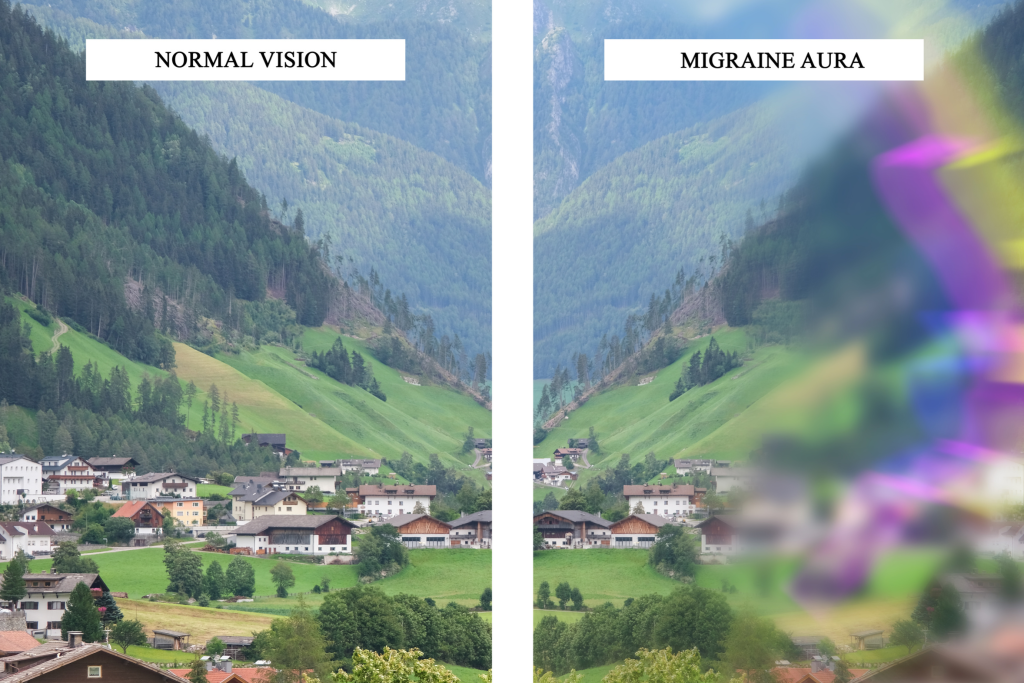
Migraine sufferers usually experience a visual aura. Commonly seen is a jagged line moving across their visual field followed by a headache, which is not experienced in CBS.
Another type of visual hallucination called entoptic hallucination is seen in patients with retinal detachment, posterior vitreous detachment, vitreous hemorrhage, etc. These patients experience flashes and floaters even when they close their eyes. Malfunctioning retinal photoreceptors cause these conditions.
Typical CBS visual hallucinations
Depending on the area of the brain abnormally activated, there is a difference in the type of hallucinations one experiences. Functional brain imaging, or fMRI, in hallucinating patients reveals an increased activity in a number of brain regions.
The most typical hallucinations seen in CBS come from abnormal activity in the primary visual cortex and sometimes in the temporal lobe. The visions include:
- Geometric shapes, squares, lines, circles
- Faces
- Deformed faces
- Animals
- Landscapes
- Buildings
- Cartoons
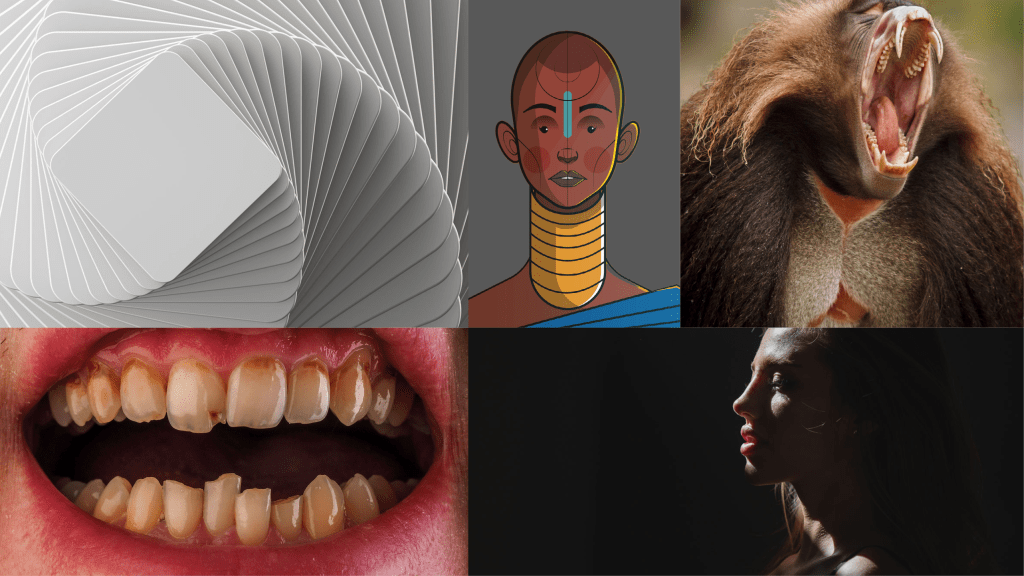
Prevalence of CBS
The estimated prevalence of CBS in various study samples ranges from a very low percentage (around 1%) to a relatively high percentage (about 10%).
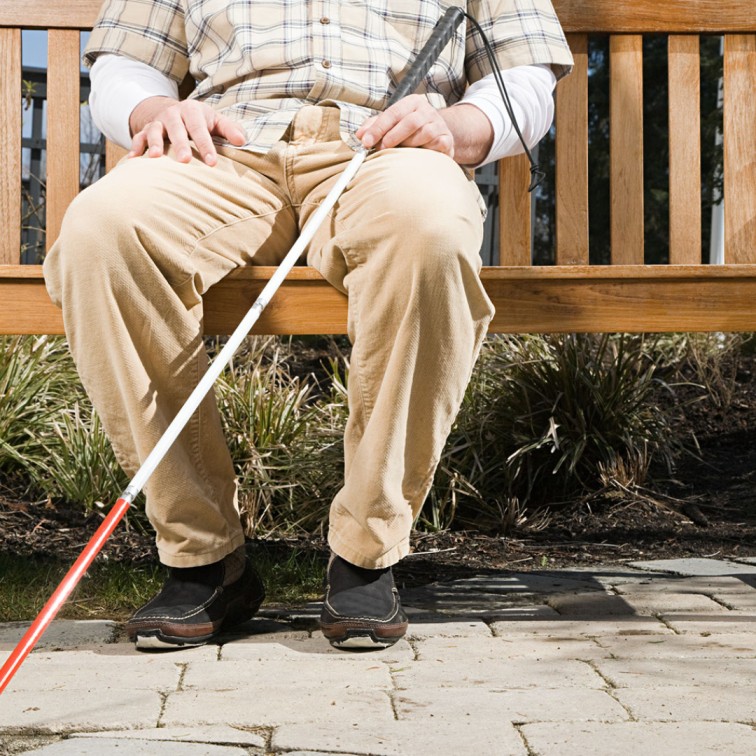
It will be necessary to conduct more research to better understand the prevalence of CBS in the general population.
The problem currently lies in the fact that many CBS patients are afraid to speak about their condition for fear of being labelled as crazy.
Therefore, we must first educate the general public so that people who are going through this feel comfortable talking to their families and healthcare providers about their hallucinations.
Treatment:
The only treatment for this condition is consolation. Patients can feel more at ease knowing that their hallucinations are because of vision loss rather than a mental illness.
Patients can use activities like listening to music or conversing with someone to divert their attention to make these hallucinations go away.
Visual hallucinations and fears of going insane increase the stress of vision loss. This makes some people grow distant from their loved ones, which contributes to feelings of depression and loneliness.
Joining a support group or scheduling frequent appointments with a therapist or other mental health professional can be helpful.
